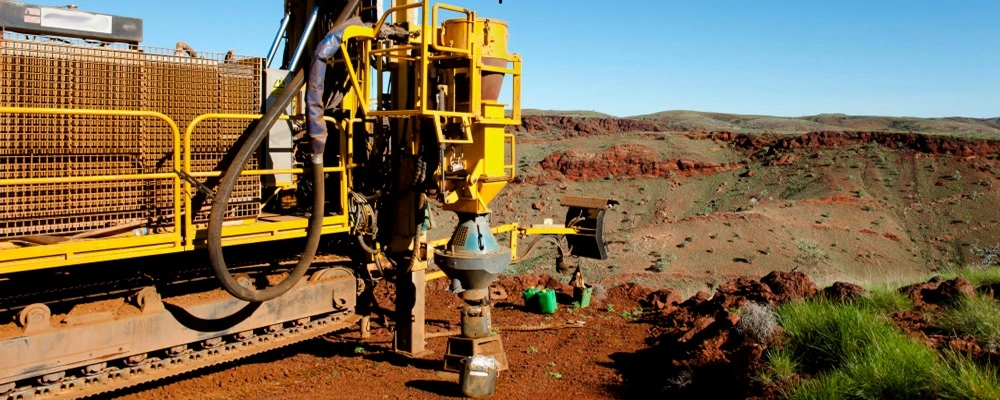Water is a vital resource for the living, sustainability and growth of all living organisms. The water resource data gives a good picture of the availability of potable water on the surface of the earth, which is nearly 0.3% of 2.5% of the total available water on earth. Groundwater is easily available in all climate seasons unless it’s not a depleted aquifer. However, digging a bore well is quite costly, and the customer is always unsure of the availability of potable water. About 30 per cent of the total farmers in South India use borewells as their only water resource for cultivation. While not many are knowledgeable about the recharge of groundwater and the lifetime of the Borewell.
Hence, in this blog, Brick & Bolt provides basic information about the borewell including what it is and the mechanism of the borewell.
So, let’s start the journey!
What is Borewell?
A borehole is dug deep into the portion of the soil or the rock strata, which contains an ample quantity of water. This portion of soil where water is available is called aquifers, which are formed as a result of water seeping into the ground, this borewell construction has been done for many years or centuries. In Bengaluru, water is available in decent depths ranging from 250- 500 feet below the strata. And due to population explosion and rapid urbanization, these depths are increasing day by day. Previously, bore well water was thought to be 100 per cent safe and portable, but now, it’s not. Chemical contamination increases as the bore well depth goes high and must be tested before drinking from a new borewell.
Understanding the Mechanism of Borewell
- As a continuous method of permeation and percolation, water has seeped into the highest depth it can go.
- Here, it stopped under high pressure due to the impermeable rocks and exerts nominal pressure on the natural walls of the aquifer.
- When a borehole is dug into the aquifer, the water finds a path for itself to release the energy from the initial pressure. So, it rises on the path of the borehole.
- The water level in the borehole fluctuates extremely for a couple of days and is stable over a period of time. The stable water level is called the static water level of the borewell.
- The dug borehole is provided with a casing to prevent the collapse of surrounding soil particles and clogging the borewell. This casing pipe is made of cast iron or steel to withstand the lateral forces of soils.
- The casing pipe installed is given to the hard strata of the soil. It is half the diameter of the borehole and should not be greater than 24 inches.
- A submersible pump is installed at the level just below the layer of hard strata where the first crack was made to dig the aquifer.
- The pump has a delivery pipe associated with it, which transfers the water pumped to the surface of the ground.
- The pump is well connected with wires and electrical fixtures for its working.
- Water is drawn from the aquifer by switching on the submersible pump.
- The aquifer gets water from underwater flow from neighbouring water bodies, which is called the underground flow.
- The aquifer also gets water recharged from the surface flow but its tedious and time taking as the soil permeability for water is low.

